Types of Plaster
Important Point
Different Types of Plaster are used for coating, protecting, and decorating internal walls and ceilings.
There is often uncertainty around the dissimilarity between render and plaster and in which position they should be used.
Even if you’re structuring a new house or modernization, knowing the dissimilarity between these two outcomes will assist you when applying to find a be-allowed render or plasterer.
To appreciate how they’re opposed, it’s essential first to recognize why the two prepare are often demented.
6 Types of Plaster
There are different types of plaster to select from. Here is the top plastering choice we would suggest :
1. Drywall Plaster
Drywall plaster is the approved option for most planners as it adds fire-resistant choice and drywall plaster with audio goods.
Another interest of this choice is that you can design partitions for attaching more area.
2. Lime Plaster
Lime plaster is a choice of cement, which is made of cement and sand. This concrete doubles as the undercoat and complete outside for your wall.
3. Cement Plaster
Cement plaster is the top safety from bugs and parasites that may apply and settle your barrier. The proportion is 1:3, plastering cement to sand.
4. Gypsum Plaster
Another plastering is smaller now require of its hipness. Still, it is fast becoming the new best-loved due to its lessened danger of decrease or cracking.
It also is a jack of crafts, working as a flinging undercoat complete and one coat.
5. Wet Plaster
Wet plaster is the most popular choice, combining lime, cement, and water to prepare a blend. It is most regularly tried wet via trowel.
6. Ornamental Plaster
Plastering is used when present to have an ornamental outcome on the barrier. For the sample, you can have plans like ceiling roses, a pond, or words that will plan on ornamental plaster.
How Much Does Plastering Cost?
Plasters complete a cost build on the area and start plastering.
The plastering cost is usually between $20-$90 per square foot, so you can demand payment anywhere from $500 to $20,000, depending on the sort and difficulty of the work.
1. Standard Plastering
If you are glaring for a per square foot, the price you can know strong plaster to be $20-$70 per square foot and wet plaster to be $45-$90 per square foot.
In the phrase of the standard cost for plastering works, can be priced between $8 to $16 per square foot for the fixed plasterboard and between $15 to $20 per square foot for the provided and fixed plasterboard.
2. Ornamental Plastering
As said, ornamental plastering is much finer, complex, and harder. Therefore, the cost will ignore this.
According to online, a band is any parallel ornamental work that tops a structure or furniture element frame around the best edge of a base or along the best of an inside wall.”
Cornice Costs Are as Follows:
- Installation (equipment)- up to $16 per right feet
- Supply and equipment- up to $10 per right feet
- Easy colonial bay cornice-$7.50
- Big decorated Victorian cornice- generally $15 per square feet
Other plastering costs (prices) to follows:
- Replacement of existing plaster
- Hard access payment
- Complexity payment
- The time needed for the work
- Get free to choose in minutes.
- Please choose from our ready and licensed workers Australia-wide.
Factors that contribute to plastering costs:
- Sort of the wall: The plasterer will only be easy to give a correct choice after having the size of the wall- the bigger the wall, the extra plasterboard and other concrete will be needed.
- The difficulty of the work: If the elderly plaster must be detached, the barrier will need to reappear, which will take extra time and concrete.
- Addition of ornamental trims and finishes: The skills and concrete needed for the extra full plan will grow the cost of the plastering job.
Useful Article for You
- Types of Glasse
- What Are the Types of Foundation
- Types of Sofas
- Patio Types of Stone
- Different Types of Glazing
- Types of Hinges
- Types of Soffit and Fascia
- Types of Rooms in a House
- Types of Steps in Staircase
- Different Types of Aggregate
- Different Types of Valves
- Types of Privacy Fences
- Types of Residential Construction Categories
- Types of Countertops Corian
- What Are 3 Types of Precipitation
- Types of Woo
- Types of Foundation House
- How Many Types of Paints Are There
- Cement and Lime
- Types of Curves
- Types of Sloped Roof
- Types of Drawing
- Types of Roofs in Building Construction
- Types of Washers
- Types of Porches
How Are Render and Plaster Similar?
Cement render and plaster are the cement layers that try to overclock work to make it easier, even outside.
While cement renders and plaster employment aren’t entirely the same, they are made using the matching element, a blend of cement, sand, water, and sometimes cement.
Render Vs Plaster
What varies between these outcomes is the quantity and stability of the elements combined in the blends.
Render is made with more cement the plaster and is therefore required to the certainty that it require to be climate-durable as it’s used on the exterior of the structure.
Besides, plaster uses smaller cement as it’s used on the inner barrier and is not sensitive to the outcome of wind, rain, and sun, so it doesn’t require it to be as powerful.
Plaster is normally made from good sand, while render includes more rough sand.
It is because plastering is ready before the demand of coloring, allowing an easy outside to arrange for an even coloring complete.
The blend also renders often have to attach polymers and another different rendering blend to gain their soundproof and protection to water, stopping the render from crumbling and cracking on effect.
When to Use Render?
As specified before, the dissimilarity in the stability of render and plaster is required for their dissimilar power necessary for their special usage.
Cement Render, Acrylic Render, and Polymer Supply Are Used on the Outside Barrier for Several Bases:
- To add to the image and texture of outside surfaces
- To swap the color of the outside barrier finish
- To restore cracks in exterior walls
- To gain the utility of an ownership
- To join an extra coating of covering to walls
- To water-resistant and fire-resistant a structure
- To lower lifelong care costs
The growing power of the render required a big proportion of repairing exterior walls and saving them for many years.
When blockwork is sensitive to a difficult situation, they are liable to break or crumble, becoming smooth under force.
A rendering expert will easily try rendering in the most forceful process to keep your house or project in the top situation.
The render for the exterior barrier is finished by placing the render in sheets, then trying to use a trowel, and then completing with a mixture of tools, conditional on the approved completion.
It comes down to drive and the requirement for the render to add to the house’s relaxation.
When to Use Plaster?
In difference, plaster is used on inner walls and roofs only. The design of the level is completely feasible.
It is because when easy, it is much simpler to clean and ornament the barrier with color or plaster.
This good completion is the correct process to add a creative look to the inner walls of a structure. The plaster must be placed and dry before the finish has color or plaster.
Try it. Drying time is suggested from a week to a month before the demand for ornament concrete.
When a newly plastered barrier is dry, there will be no apparent dark place, and the entire outside will always be bright.
A few elements add to the cure time of plaster, add the number of coating of plaster and different situations add the climate and inside heating and fresh.
Plaster is also waterproof and simple to wash, making it correct inside wall layering for families with children liable to feeling or drawing on a wall, In old construction with walls formerly made from mud or earth, the demand for plaster concrete to make the inner walls concrete.
Render in Brisbane
Now that you know the change between render and plaster, if you’re viewing for a deeply mature render in Brisbane, fast render has got you hidden!
The profession has over 15 years of expertise in the rendering industry, so you can be sure that your cement renders, polymer render, and works will be finished to the bi-level.
Call the courteous team today at 1300 590 526 to find out the cost of rendering for your next work.
How Much Does Rendering Cost?
Rendering your house is a great process to transform its look, making it more stylish and attractive.
Thanks to this and its extra practical good, rendering the exterior of your home is a successful process of extending your property benefit.
Here’s something you require to know when getting chosen for your rendering project:
What Factors Affect the Price (Cost) of Rendering?
Before starting your rendering job, you will likely be guessing about the simple rendering costs for your project.
The main part that determines the cost of rendering is the place sort, and range of the project, the rendering outcome used, and the good completion.
Commonly projects vary depending on their special essentials.
For the sample, the surface arrangement needed will vary between works, depending on what type of outside is being rendered and whether cement or polymer render is used.
The cost of rendering by m2 will also be resolved by what is started rendered.
Rendering a two-floor house will be harder and, therefore, possibly premium, as more material will be required to capacity the second floor related to what is needed to render a breast wall.
Structures with an important number of windows may also cost more to render than simple walls, as this needs more job and art to render around the border of the windows.
Renderers with large episodes in the industry may also price a big payment considering their good job quality and unusual rendering skills.
When equal rendering is chosen, make sure you confirm what is added equally to an immense cost skill, add surface arrangement different cover of render, try for a flawless finish, feeling ups, and a final wash up.
Useful Article for You
- Types of Cranes
- Types of Shovels
- Dry Pack Mortar
- Zero Force Members
- What Is Pad Foundation
- Hempcrete Vs Concrete
- What Is a Contour Interval
- How to Build a Shower Pan
- Bitumen Road Layers Thickness
- How Much Is a Yard of Concrete
- Queen Size Bed Dimensions in Feet
- What Is Pier and Beam Foundation
- How to Use Concrete Bonding Adhesive
- Isometric View
- How Much Does a Gallon on Water Weigh
- The Purpose of a Bridge
- Type of Table
- Is Garage Calculated in Square Footage
- Standard Toilet Water Line Size
- Types of Door Construction
- How Much Is a Yard of Concrete
- Lean to Roof
- Calculating Concrete Slab Thickness
- Types of Ceiling Vaults
- Budget Sunroom Ideas
- Wall Plaster Mix
- How High Does a Window Have to Be Off the Floor
- Hollow Bricks
- Flight of Stairs
- Abutment Bridge
Cost of Rendering
The rendering price per m2 ranges from $40 to $50 for one ground floor. A two-story house will normally incur a price that is a part more.
A standard house that calculates around 400 to 450 square meters can price anywhere from $16,000 to $22,500 as a lead.
This price has well valued the financing as rendering can gain your final property worth by $50,000 or more, highlighting why rendering is big when modernizing your house.
When rendering a two-floor structure or another place that is hard to extend, you will commonly be expected to the frame cost within the rendering chosen.
You can also hire the frame personally, so when you select to do this, let your render know so this price can detach from the final choice.
How to Get Value (Benefit) for Money for Your Rendering Job?
To get the most out of your investment, you want to correct your choice of a render that will build an excellent outcome.
There is nothing worse than costing your demanding money on a result that is not up to quality. There are few processes to confirm the standard of the render when equal choice.
Firstly, check out their past client’s testimonials online. It is the full process to get recognition of their old clients mature with the project and an excellent proof of how your business will also turn out.
It’s handy to view the render’s corridor of the job on their online, social media, and other website advertising to get and recognize the standard of their final result and if they have finished business like yours.
Finally, hiring a renderer who is entirely allowed and protected to finish the job on your house, is optional.
Specific rendering allows needful vary between styles, so take a view at the order built on where your job will finish.
It’s also chief to verify your render has popular and result liability insurance as the lowest, to save as opposed to property injury or personal damage to a third party as an outcome of the job finished.
Rendering in Brisbane
If you’re wondering how to select the top rendering business in Brisbane and protect you’re receiving worth for money, choose an entirely allowed and insured renderer such as rapid rendering.
By choosing a project that makes an effort about every description, you know your rendering work will finish the first time correctly.
Looking at a standard portfolio of the business’s old job and previous client reviews will comfort you that the render is applied to finish customer enjoyment and the correct outcome.
Touch fast rendering today on 1300 590 526 a choose for rending costs in Brisbane and the nearby Queensland outpost.
How Much Does Plastering Cost?
Plastering normally costs between $20-$90 per square foot, so paying a render anywhere from $500 to $20,000 depends on the sort and difficulty of the work.
The price of a plastering work is based on the barrier area to be covered as well as the type of plastering that is required to be finished, whether it be various types of wallboard, divided, wet plaster, attractive plaster, or replacement.
Detaching old plaster and attaching different complete may also gain the prices required. Most plasterers give a choice based on the square feet of wall area to be covered.
The guess depends on how much concrete is required, the cost of work, and the entire job duration.
Benefits of Plaster
Whether you are peace a house advance business, capsizing a crumbling rental, or assisting out a friend, plastering is a good choice.
The big selling point of plaster is its longevity. Plaster coating grants more power and long-lasting wall completion than other options (like drywall).
You will be required to know some reality about rendering and view how much it price to hire a render to get your plaster job done.
If you are view for a strong and lifelong wall that completes that battle cavity, knocks, and chance, then plaster is for you.
Refrain from referring to the ornamental choice feasible with a plastering complete. It can dress up your barrier.
For those who are friendly alert, there is attached inactivity – plaster is blight-free and, therefore, a greater choice for our favorite planet.
You can have once been aware of the good of plastering but are, however, still determining its price. Happily, you have come to the right site and service. Com.
Au. Has considered the plastering adept at giving you this better plastering price guide! Here we go.
What Mix for Rendering a Block Wall?
It power be hard to choose if you want a brick or render complete. Don’t worry. It’s usual for house design fanatics.
If you prefer the modern feel, brick is a good choice. For a more stylish way, renders are more stylish.
In the pair cases, you’ll have a charming house! Rendering a wall is a way of attaching a blend of dry cement and sand to a barrier with a trowel.
Wall rendering gives a strong cement view and can be used to protect the present wall concrete.
So if you’re thinking of rendering a wall by person, follow the plan of action below and use the right tools to cause a wall.
Whether you are structured from score or design, extending your house or restoring it needs much concrete, especially if you’re doing it in person. Here are the tools your power requires:
- Metal trowel
- Wooden trowel
- Polystyrene float
- Plasterers hawk
- Steel brush
- Soft brush
- Tape measure
- Shovel
- Measuring jug
- Hose
- Bucket
- Wheelbarrow
- Sponge
- Masking tape
- Access to clean water
But Before the Hows Inquiry, We Must Realize the Whys. Rendering Is More Than Just Making the House View Beautiful. There Are Many Different Advantages:
- Creating a versatile house: homeowners select to render their houses for the view of it. You can select from a broad difference of colors, complete, and plans- making the house customizable and correct to your option.
- Prevents dampening: rendering supplies an added layer of safety to save the house as opposed to damp, which is top for older effects with hard walls if the wet crack through the walls will accept with decay skirting panel, color plaster, and chisel! Ensure your barrier is dry before trying the render to sidestep further issues.
- Improving thermal insulation: the top edge that rendering does provide awesome thermal! Covering to better the performance of the house. Rendering is a nice part of an outside insulation process for your property that is also price-outcome.
Block Walls
Here Are the Steps to Place Block Walls Yourself.
Step1
Before you open rendering your wall, you must arrange them by washing them with a stiff-bristled floor brush.
It will provide that the outside is free of dirt, dust, oil, and color. And if required, you can set some linen to cover your flooring.
Then, restore using the brush back and outside against the wall before it’s a wash. You can also attach some soap to crack up the concrete.
Furthermore, an easy, open surface with a small engagement price should be arranged with a stylish coat before trying the render.
A stylish coat is a potent blend of cement and water pulled over the wall or metal window setting, designing an outside for the render to grasp.
And before you start to try the render, permit the stylish layer to dry for at least 24 hours.
Step-2
In a bucket, join some water and the rendered outcome according to the builder’s instructions and blend it with a mixture drill.
Then, renew to blend the render before it’s lump-free and hard enough to stick to a rendering trowel. You are required to point for a toothpaste consistency for the render.
Step-3
You can use a garden hose to shower the wall down. Then try the render with a steel trowel, and lay it out all over the outside.
Use a measure to examine the smoothness of the render. Then, permit it to dry for at least a day before trying the color.
Step-4
Normally you only require one layer of render, which should be 4-6 mm broad. You are required to try the render as easily and level as possible.
Types of Plaster Walls
Types of Plaster Finishes used in Building Construction are:
- Smooth Cast Plaster Finish.
- Rough Cast Plaster Finish.
- Sand Faced Plaster Finish.
- Pebble Dash Plaster Finish.
- Scrapped Plaster Finish.
- Depeter Plaster Finish.
- Textured Plaster Finish.
Types of Plasterboard
8 Types Of Plasterboard To Use In Your Home
- Insulated Plasterboard.
- Moisture-Resistant Plasterboard.
- Acoustic Plasterboard.
- Flexible Plasterboard.
- Impact-Resistant Plasterboard.
- Fire-Resistant Plasterboard.
- Foil-Backed Plasterboard.
- 4-in-1 Plasterboard.
Types of Plaster Finishes
Types of Plaster Finishes used in Building Construction are:
- Smooth cast finish.
- Rough cast finish.
- Sand faced finish.
- Pebble dash finish.
- Scrapped finish.
- Depeter finish.
- Textured finish.
Types of Interior Plaster Finishes
5 Types of Plaster Finishes for Walls and How to Achieve Them
- Sand-faced finish. If you want a sustainable base for a wall that you will paint on, finish it with a sand-faced plaster.
- Smooth cast finish.
- Roughcast finish.
- Pebbledash finish.
- Scrapped finish.
Types of Plaster and Their Uses
Plaster types
- Multi-finish plaster. Provides a great, smooth coverage on a variety of surfaces. It is a quick drying formula, with typical drying time of 1 and a half hours.
- Bonding plaster. Easy to apply and spread.
- Hardwall plaster. As the name might suggest, hardwall plaster is heavy-duty and durable.
Wire Mesh Used for Plastering
Chicken mesh, or chicken wire, is traditionally used for plastering walls, ceilings, and other surfaces. It is a versatile material and can be used for various applications, including fencing, craft projects, gardens, and crafts.
Plaster Types and Uses
The most common of these are: Browning plaster: This is used as an undercoat, designed to be applied to the wall before a finish coat (skim coat). It is ideal for use on absorbent surfaces such as bricks. Bonding plaster: This is similar to browning plaster and is used before a final coat is applied.
Interior Plaster Finish Types
5 Types of Plaster Finishes for Walls and How to Achieve Them
- Sand-faced finish. If you want a sustainable base for a wall that you will paint on, finish it with a sand-faced plaster.
- Smooth cast finish.
- Roughcast finish.
- Pebbledash finish.
- Scrapped finish.
How Much Does Plastering Cost?
How Much Does It Cost to Plaster a Wall per Square Foot? Plasterwork usually costs between $2 and $10 per square foot. The cost depends on whether you want resurfacing work or not. Expect to pay at least $10 per square foot with resurfacing; otherwise, plastering a wall usually costs between $2 and $5 per square foot.
How Much Does It Cost to Plaster a Ceiling?
The cost to replaster a ceiling depends on several factors, but the average range is around $250 for a small room, $500 for medium-sized ones, and $800 and up for larger projects.
How Much Does It Cost to Plaster a Pool?
The typical cost to have a pool replastered is between $4 and $7 per square foot. Assuming an average pool size of 16 feet by 32 feet, 4 feet deep on the shallow end and 8 feet on the deep end, that’s total of 1,088 square feet. If the cost is $5 per square foot, replastering would cost $5,440.
How Much Do Plasterers Charge Per Hour?
While most plasterers charge by the square foot, at a rate of between $2 and $10 per sq. ft., the plasterer cost per hour is about $45 to $90. Adding special designs, textures, or finishes may run you $1 to $3 more per square foot.
How Much Does It Cost to Replaster a Ceiling?
Replastering plaster ceilings, a common repair method in older homes, has a price range of $300 to $1,500. When it comes to repairing a ceiling with drywall, there are a few different repair methods that may be used. Taping costs $150 to $500, while mudding costs between $150 to $600.
How Much Does Plaster Cost Per Square Foot?
The material to apply plaster costs between $2 to $10 per square foot. Plaster materials are relatively inexpensive. A 5-gallon bucket of lime plaster costs around $60, while a 25-pound bag of plaster used for decorative plaster costs from $10 to $30.
Render Vs Plaster
Both plastering and rendering refer to the act of coating mortar over the brickwork. However, a distinction is made between outer walls and walls inside a home and coating outside walls is referred to as rendering while covering inside walls to make them ready to be painted is called plastering.
How Much Does Rendering Cost?
As a general guideline, the cost of a visualization studio that offers high-quality 3D product rendering falls approximately between $50 to $550 USD. If you are looking for a more complex and advanced product design, the average price that you would expect will be ranging from $500 to $5000 USD onwards.
How Much Does It Cost to Render a House?
House rendering costs anywhere from $12,000 for a small home to $50,000 for larger two-storey homes. House rendering is a great way to update your property and substantially increase the value of your home without engaging in a lengthy renovation.
House Rendering Cost
In the United States, depending on the level of detail, a single exterior rendering of a house can cost from $200 to $1,000 or more.
Like this post? Share it with your friends!
Suggested Read –
Originally posted 2023-09-08 18:35:14.
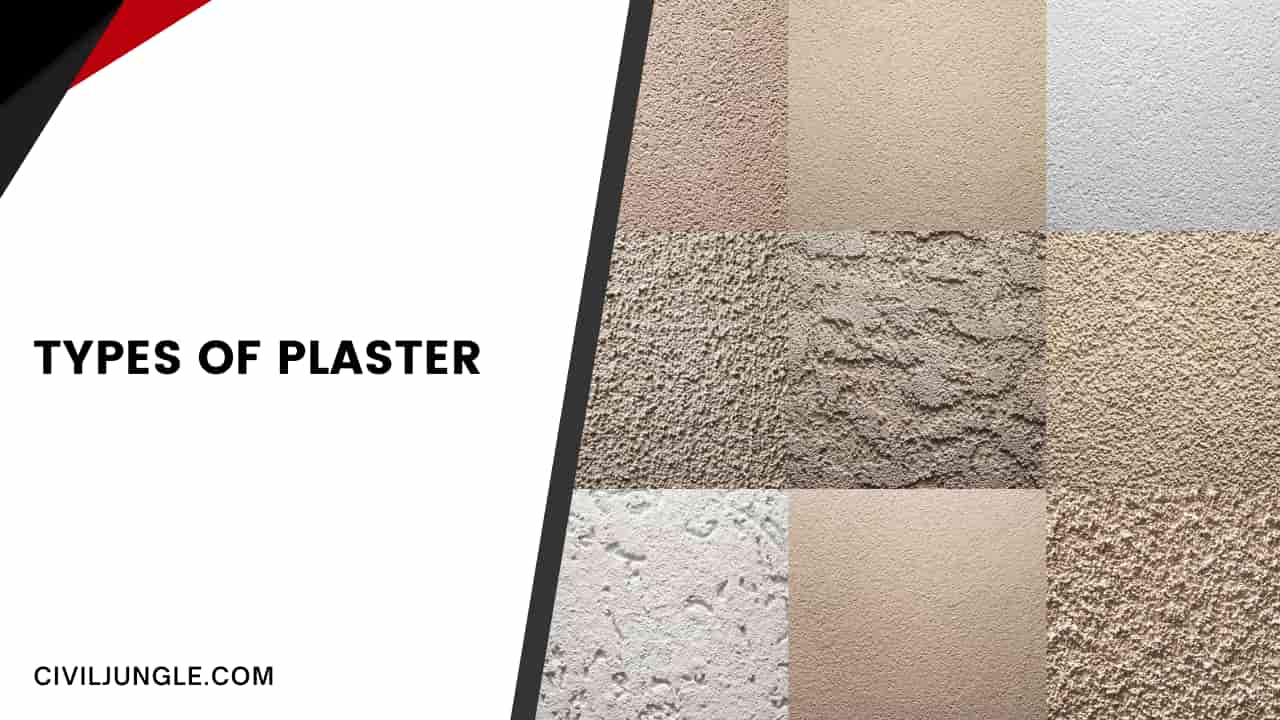
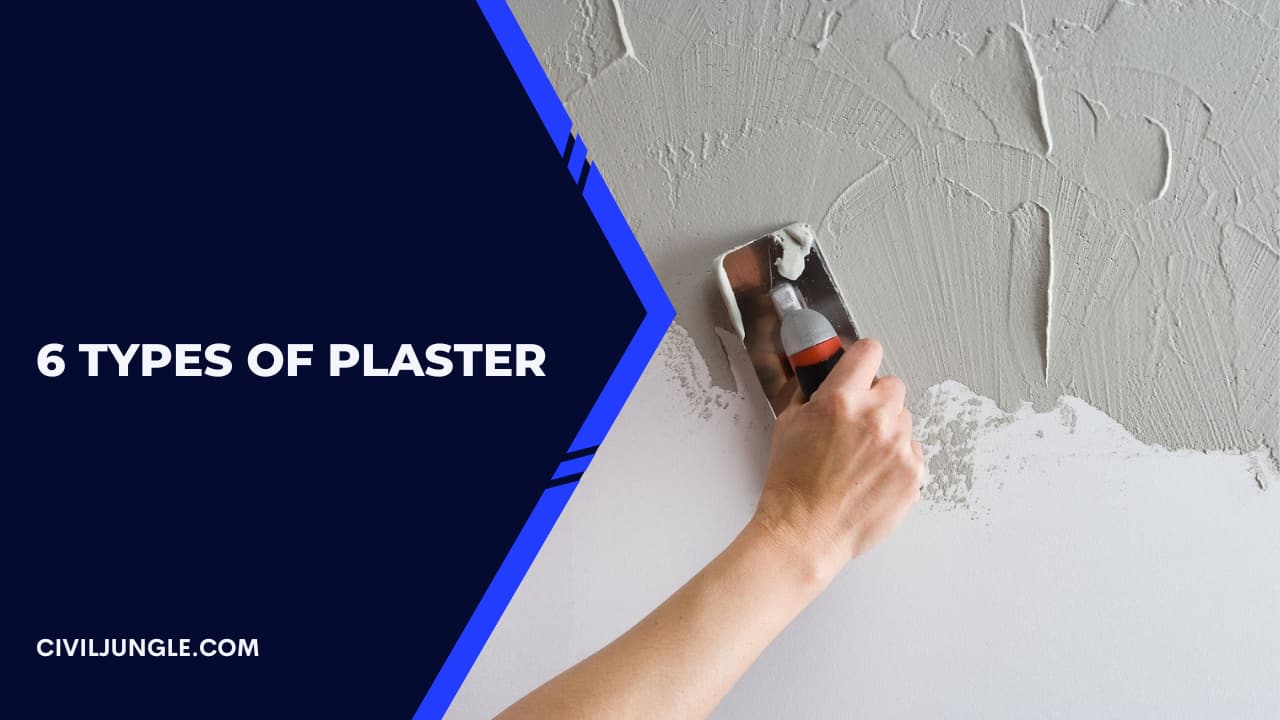
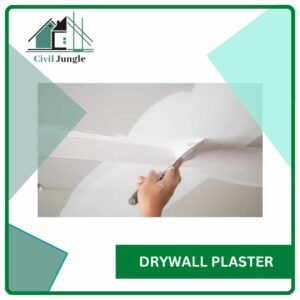
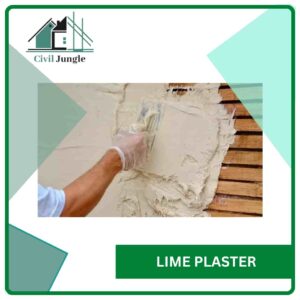
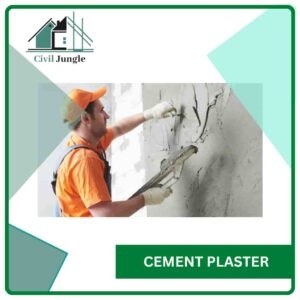
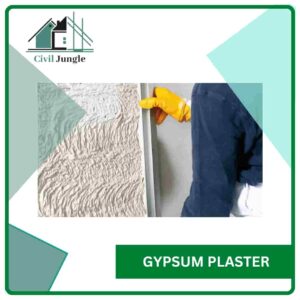
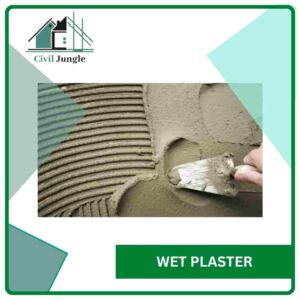
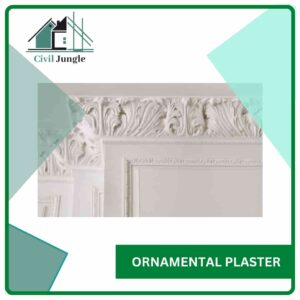
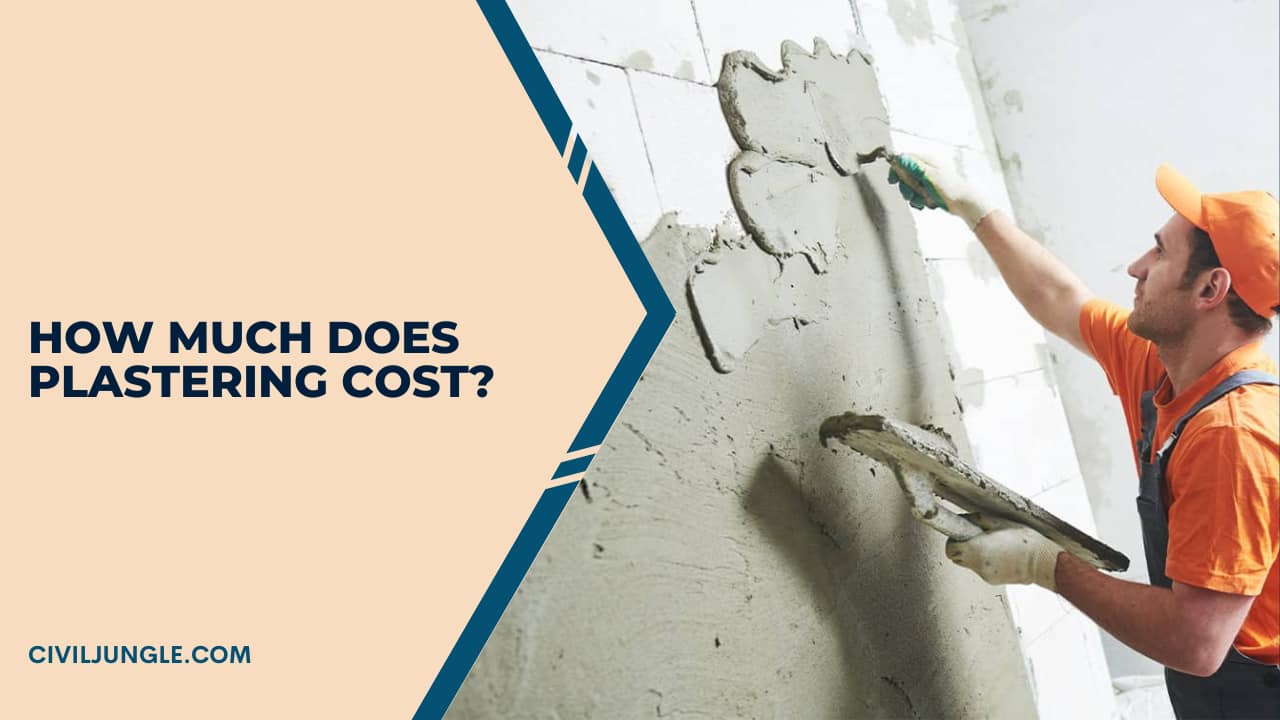
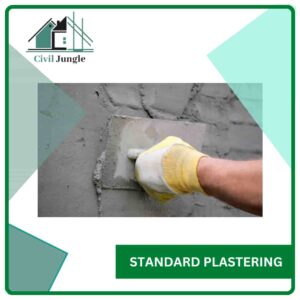
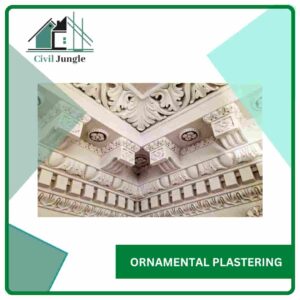

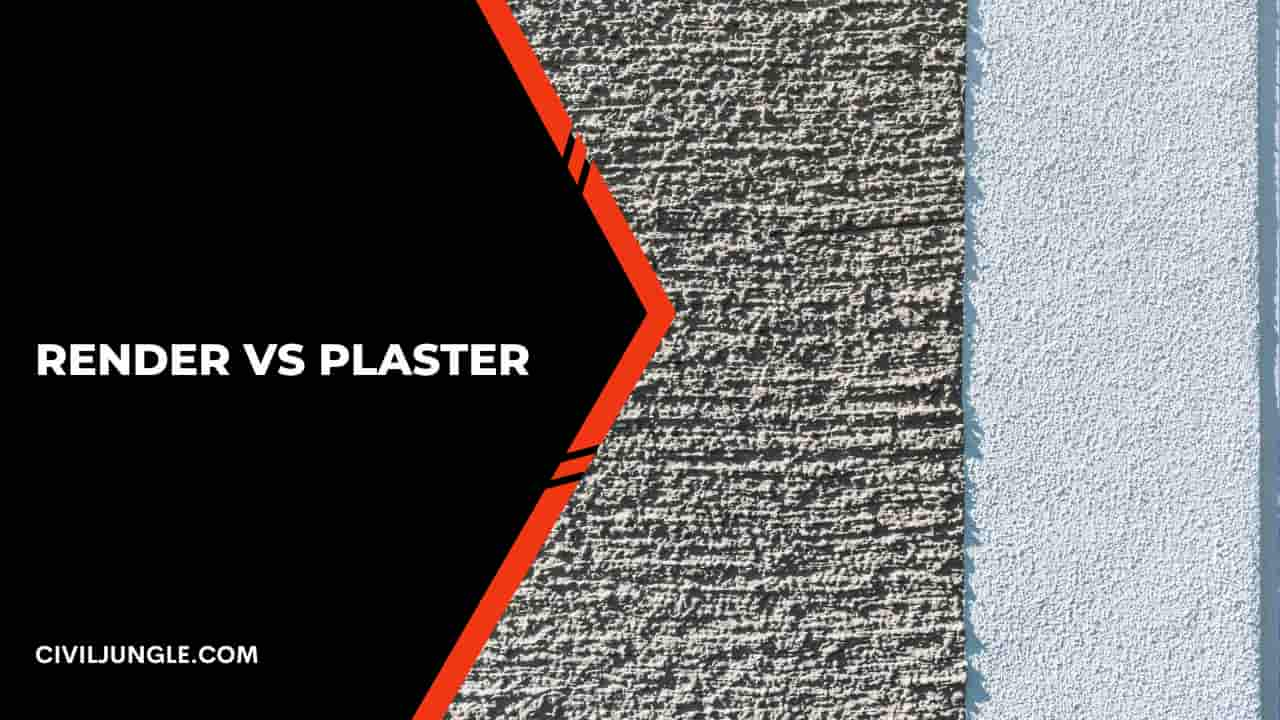
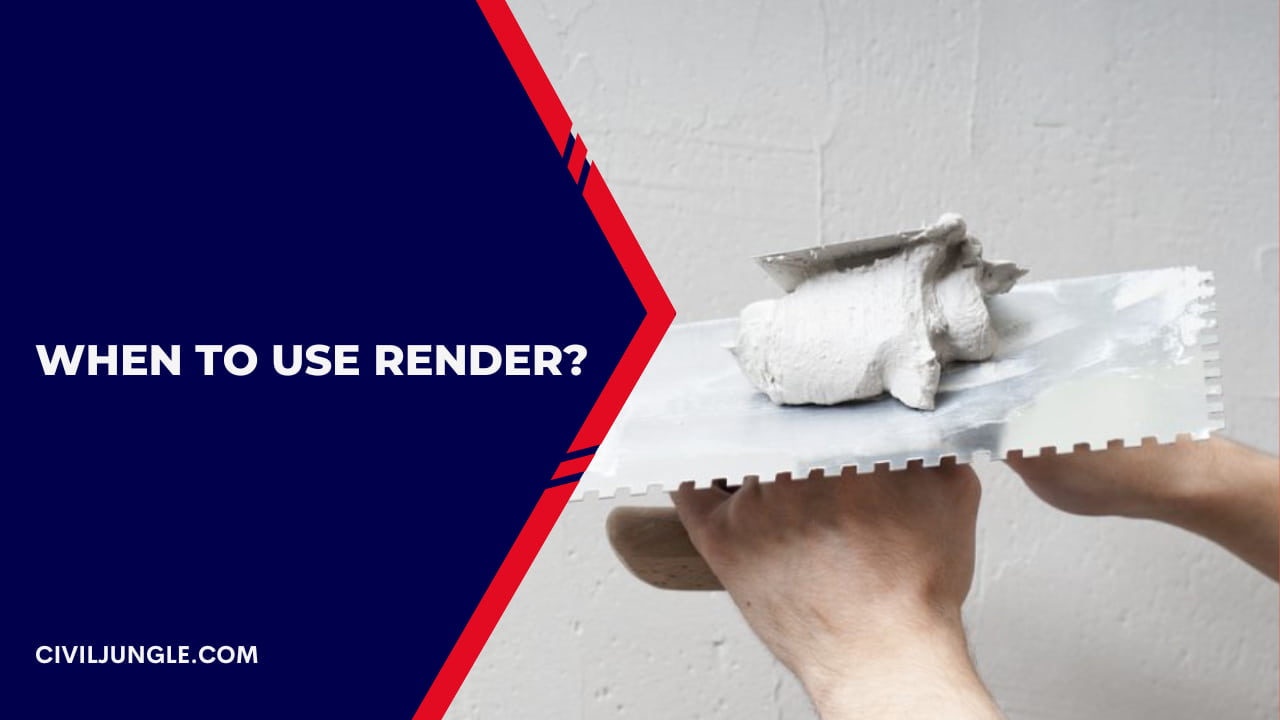
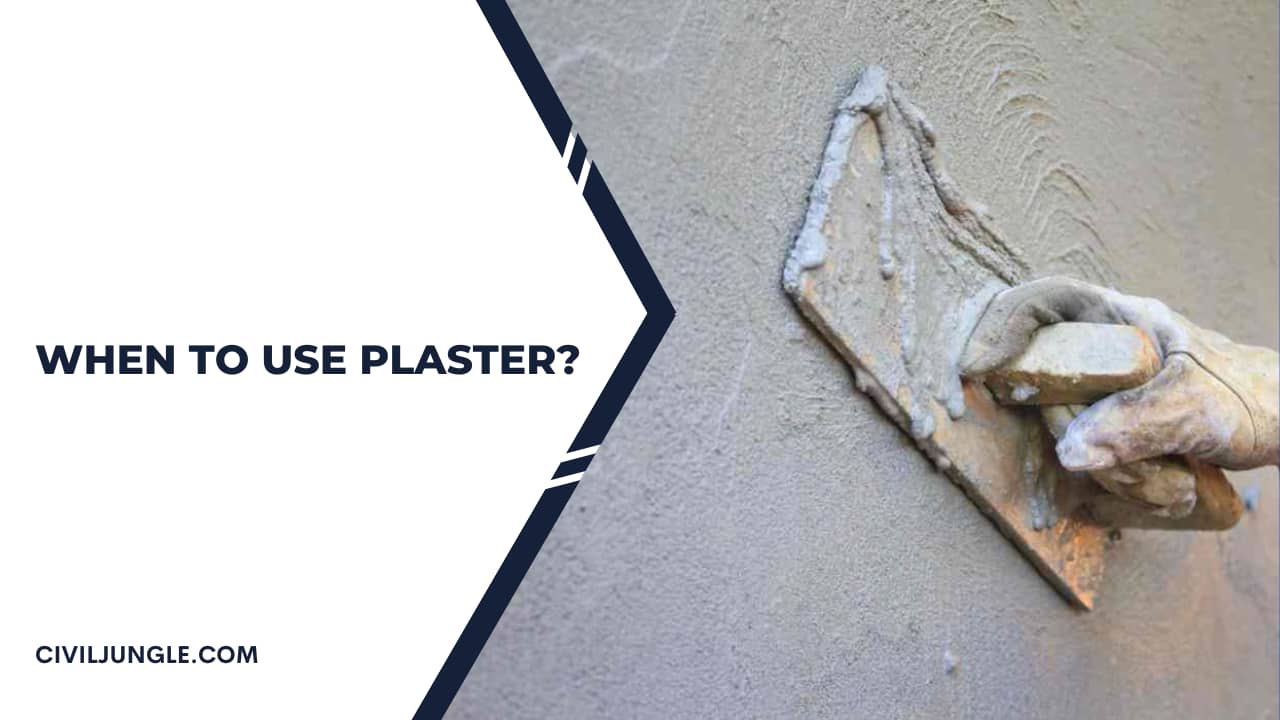
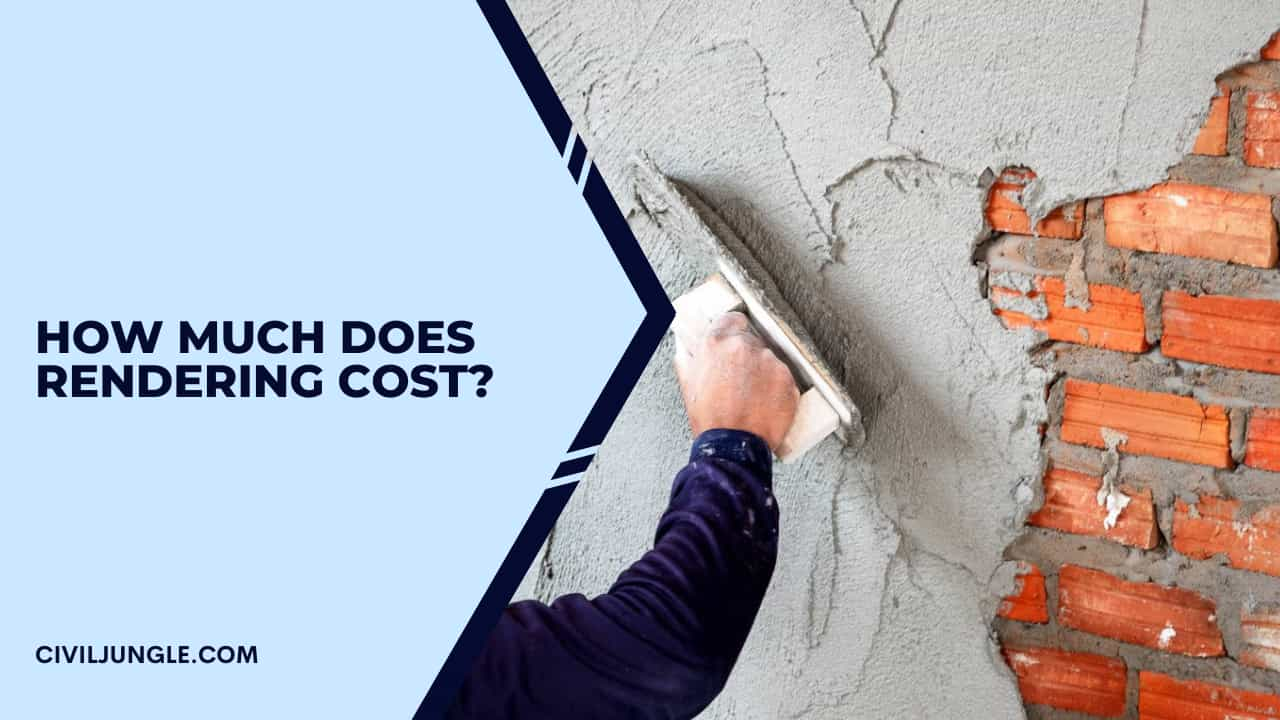
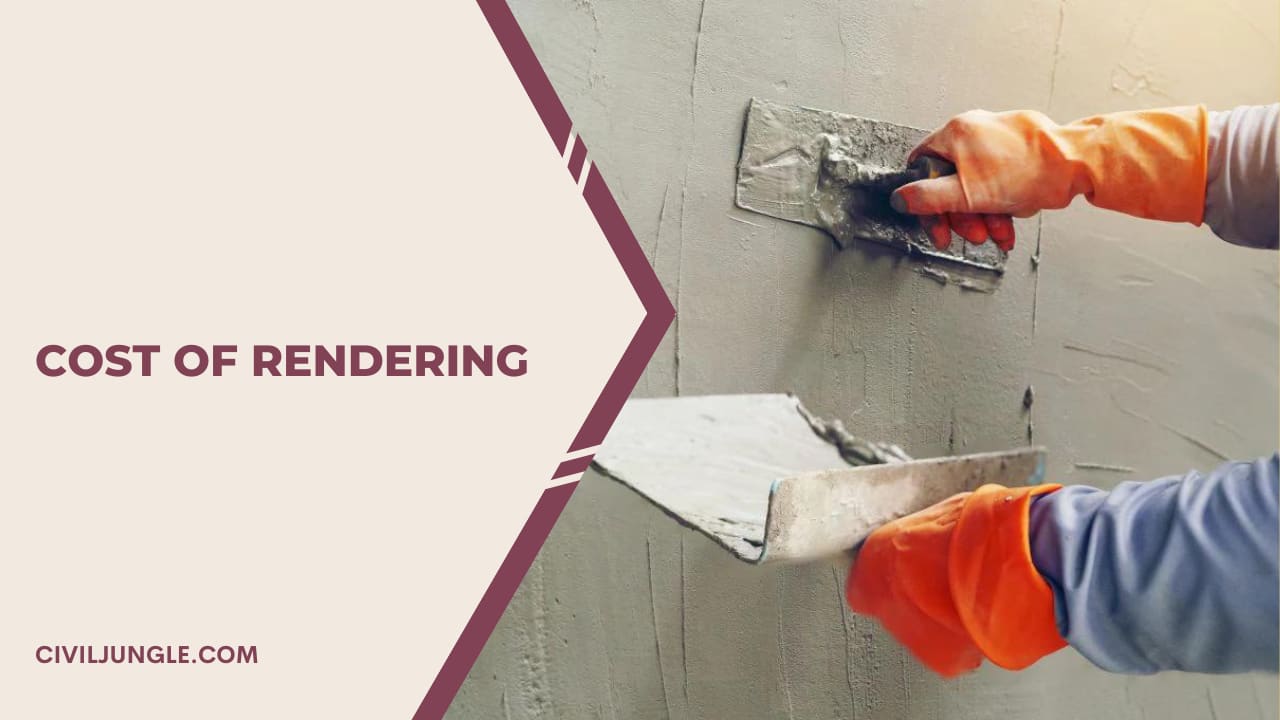




Leave a Reply